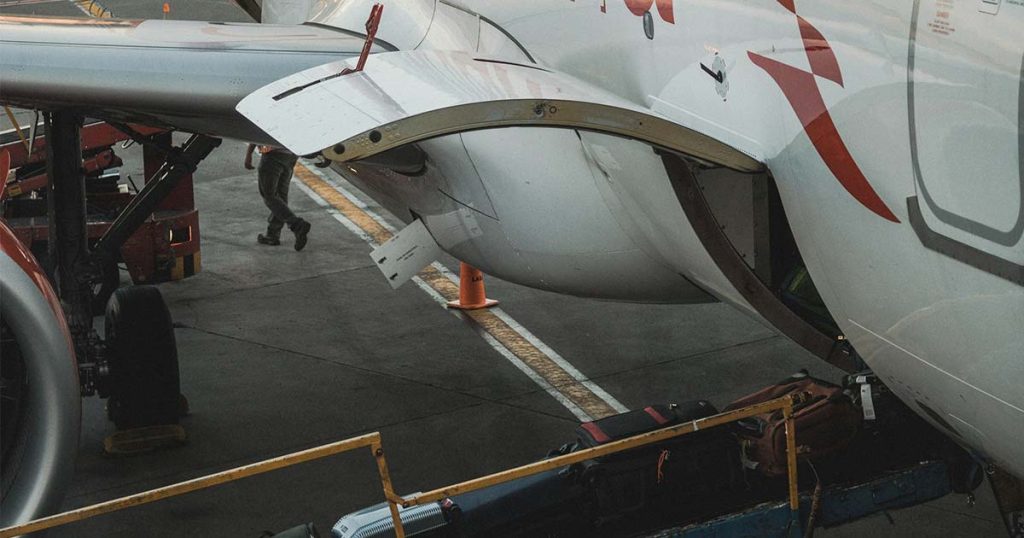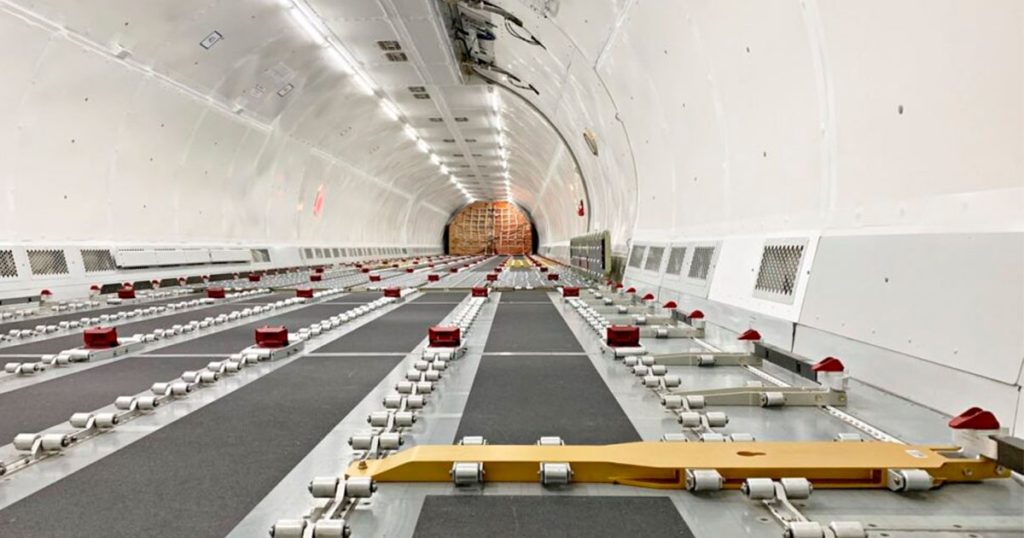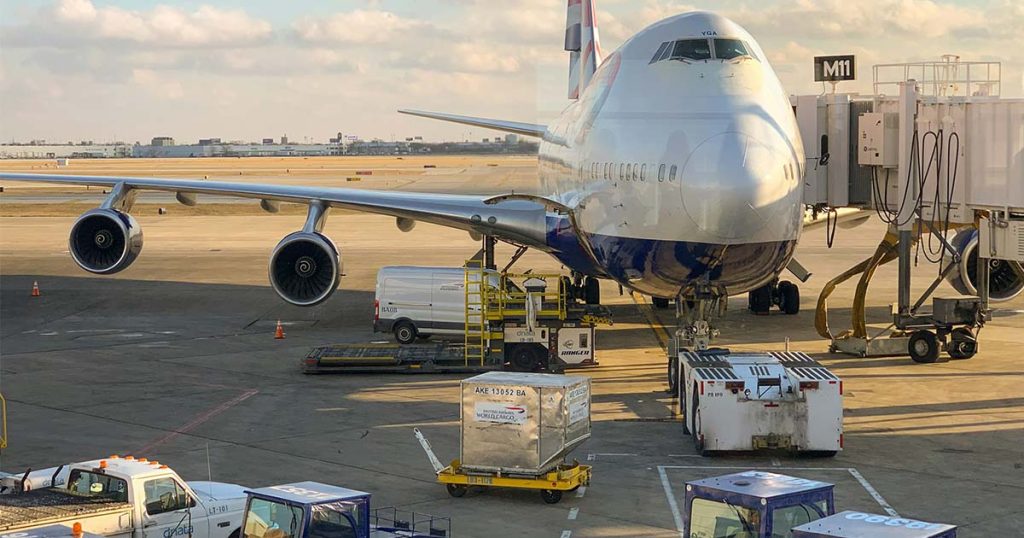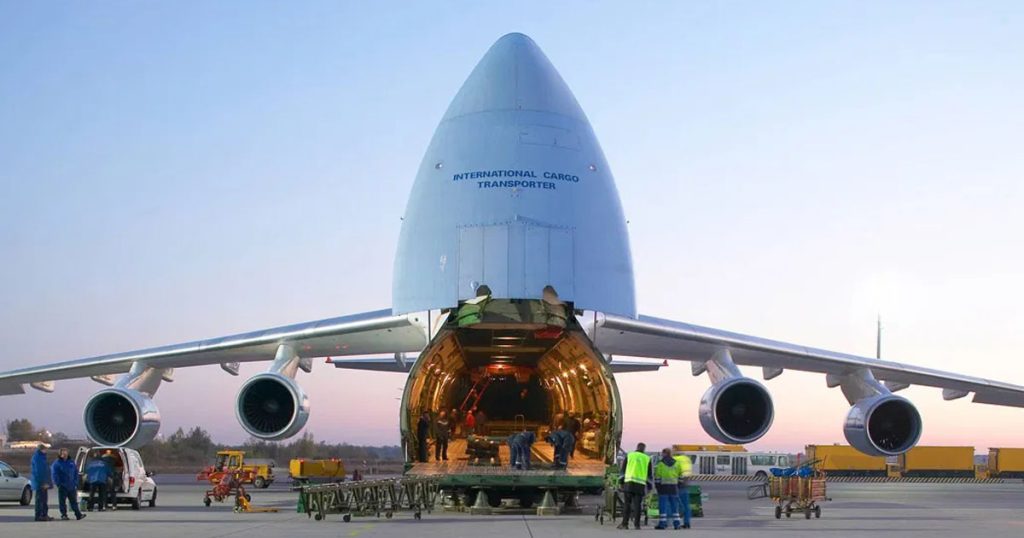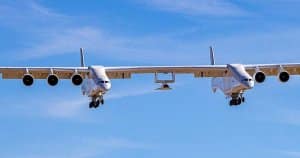An airplane’s cargo compartment is something people are very curious about. The image movies project is that of a huge and open-plan space, which can be easily accessed during the flight, and it is full of hiding places where any persecution is possible. Well, nothing could be further from the truth. This space, which occupies practically the same area as the passenger cabin, is intended for luggage and goods placement. In short, the airplane’s cargo hold function is to house passengers’ suitcases and transport different items that, due to their characteristics, it is advisable to transport by air.
This compartment is usually divided into different parts separated by sizes. Their number varies according to the airplane model, ranging from one to six. For example, the A320, A321, A330 and A350 have holds 1,2,3,4 and 5, while the A319 only have holds 1,4 and 5. Most airplanes have a slightly smaller cargo hold where late connections luggage or removed from the passenger cabin, such as baby carts, is placed.
These air cargo holds have special panels on walls and ceiling that, besides allowing their depressurization without causing structure damage, serve to hide and protect all cables and pipes that run through the area and are at risk breaking due to possible load impacts, so they are under constant supervision. Likewise, at least one (usually the front one) will be pressurized and heated to transport live animals and/or merchandise that requires a temperature control such as vaccines, flowers or perishable foods. Normally, the temperature can be regulated between zero and 20/25 degrees Celsius.
In addition, these compartments have several safety systems such as smoke/heat detectors and fire extinguishing. Also, the airplane air conditioning system is designed in such a way that the air moves from the passenger cabin to the holds, and from there either to the outside or to the compressors, where it mixes with new air and returns, after passing through the HEPA filters, to the passenger cabin. This circuit prevents odors, gases or fumes that may appear in the hold from reaching passengers.
On the other hand, in some airplanes, under the cockpit is the so-called avionics compartment where most computers of the different airplane’s systems are located, and which can be accessed through a hatch on the floor.
